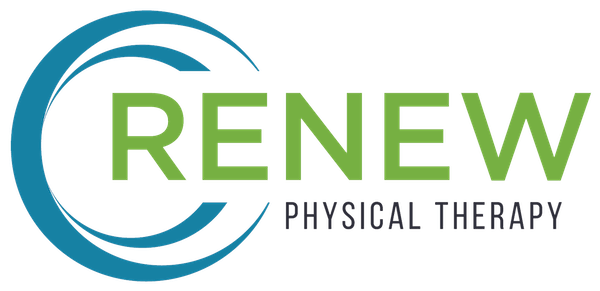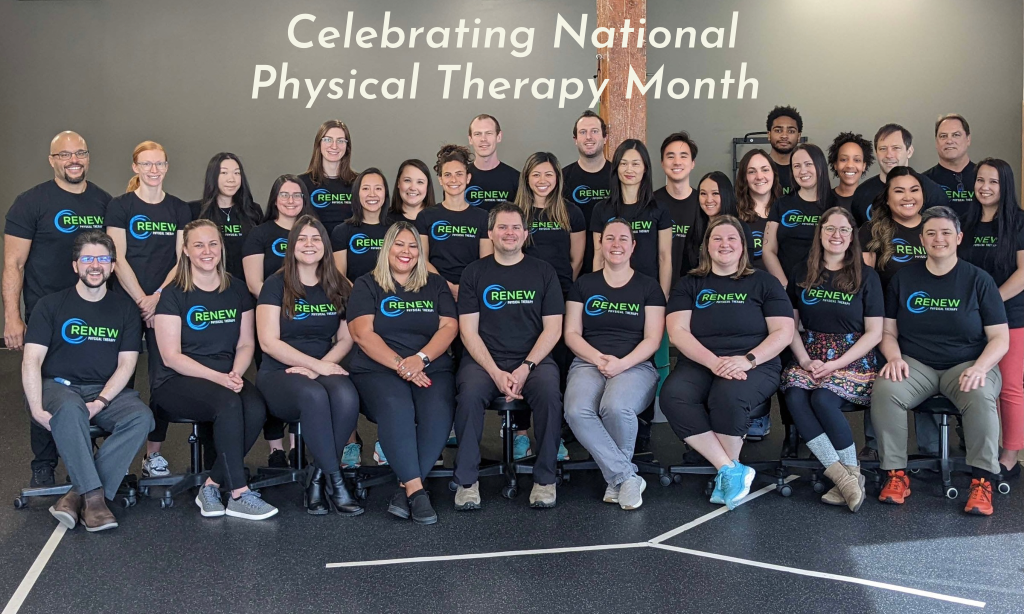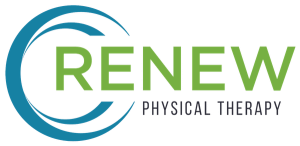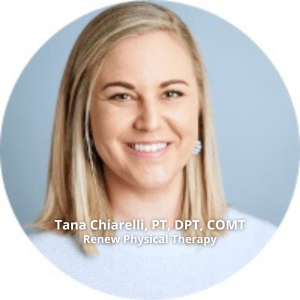
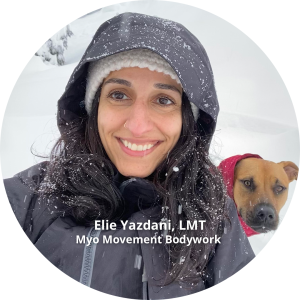
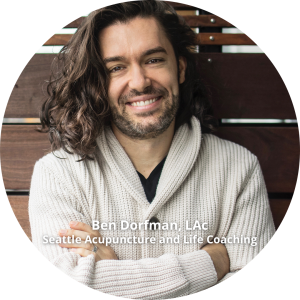
At Renew Physical Therapy, we understand that each individual’s recovery journey is unique, and that’s why we not only provide the therapy our patients need but also collaborate with other health professionals when necessary.
We recently sat down with three professionals: Tana Chiarelli, PT, DPT, COMT, a skilled physical therapist at Renew Physical Therapy; Elie Yazdani, LMT, a licensed massage therapist at Myo Movement Bodywork; and Ben Dorfman, LAc, an acupuncturist at Seattle Acupuncture and Life Coaching. Together, they shed light on how a collaborative, holistic approach can significantly impact the healing process for motor vehicle accident patients.
If you or someone you know has experienced a motor vehicle accident and is seeking a comprehensive and collaborative approach to recovery, don’t hesitate to schedule an appointment with Renew Physical Therapy.
Q: What role does your practice play in helping a patient’s recovery process after a car accident?
Tana: Physical therapists are skilled at assessing movement dysfunction. Our bodies often move with the “path of least resistance,” which can mean compensatory patterns that feel better in the short term but can cause secondary injuries in the long term. A physical therapist helps you understand these patterns and guides you into more optimal movement that will result in longer-term function and a reduction in overall pain.
Elie: In my experience I have found that a massage specifically utilizing Neurokinetic Therapy, can be quite beneficial in their healing process. I don’t just release all tight muscles, as I have found that patients come back saying they feel worse. With Neurokinetic Therapy massage, we release the facilitated muscles and activate the inhibited muscles.
Ben: Acupuncture helps to reduce acute inflammation, enhances blood flow to areas of injury in order to speed up recovery, and helps to loosen tight muscles and reduce body pain.
Q: What are the most common injuries you treat after a car accident?
Tana: Neck and lower back (whiplash, lumbar strain). Sometimes extends into shoulders or mid-back, sometimes concussion symptoms or vestibular impairments.
Elie: Whiplash; neck and mostly T-spine injuries.
Ben: Neck and lower back pain are the most common ailments, along with anxiety and a revved-up nervous system.
Q: What techniques are most common for patients who want to regain their physical capabilities?
Tana: Depending on the patient’s injuries, joint mobilizations to regain mobility or soft tissue/muscle energy techniques to re-train appropriate movement or reduce guarding is helpful. Then we follow it up with graded movement and re-training of the neuromuscular system to let the brain know that moving into normal ranges is not inherently dangerous or painful.
Elie: Neurokinetic Therapy – I send them home with at-home release and activation exercises.
Ben: Points are chosen specific for each client, so it depends on the injury they are coming in with. Usually, it’s a combination of local points where the pain is occurring, mixed with distal points that help reduce pain. I also include cupping and fascial release techniques to loosen muscles and speed up healing.
Q: How do you assess and customize a treatment plan for patients recovering from a car accident?
Tana: We assess range of motion, strength, and functional ability. If a patient comes to us soon after a car accident and has not been seen by a medical doctor or had imaging, we do a thorough screen to ensure there is no big safety risk to them receiving treatment. Once they are cleared to proceed, we work with their functional impairments to regain the ability to perform their desired activities – sometimes this involves strengthening, sometimes it’s joint mobilizations, oftentimes it involves movement re-training to avoid aggravating certain muscle groups and prolonging symptoms.
Elie: I always assess their range of motion before and after, charting any improvements, what worked and what didn’t work. Some people like icing early on after doing their exercises, and some people like heat once they are out of the acute stage.
Ben: I look at overall range of motion and what causes pain to be aggravated. I also notice which locations are in pain and which aren’t. Last, I evaluate the person’s overall body movement and natural posturing to see what may be contributing to pain.
Q: How long does it typically take for patients to experience the benefits of your practice in their recovery process?
Tana: It always varies, but patients typically notice improvement within six visits if they don’t have extenuating factors involved (surgery, multi-site injuries, extensive injuries, concussion/brain injuries). This timeline speeds up with adherence to their home exercise program and if they understand their personalized recovery plan.
Elie: I would say at about week three, patients start seeing small improvements. They are sleeping better, their range of motion is improving, and they start talking about slowly getting back into physical activity.
Ben: It truly depends on the person; many clients feel instant relief while others need an average of 6-12 treatments.
Q: Why is a collaborative approach to care after a car accident important to recovery?
Tana: One avenue of treatment is not always the only thing a person needs. I am of the mindset that having a few sets of eyes with different perspectives leads to a more comprehensive approach. Working closely with other practitioners lets me hone my treatment sessions to my skill set, knowing they are addressing their symptoms through other providers who have a unique lens and set of skills.
Elie: Collaborative approach to care is very beneficial and important as most people are seeing a team of therapists to help aid them in their healing journey. I know from personal experience in treating patients with whiplash that it is easy to over-treat. I always ask the patient what other forms of treatment are they receiving and how often. I have found working very gently and mostly calming the central nervous system is very helpful because they are seeing multiple therapists. Even though my approach is based on neuromuscular muscle testing, I keep the testing to a minimum of 2 – 3 tests. They mostly want to come in and feel relaxed.
Ben: Collaborative care definitely speeds up the healing process. If someone can come see me for acupuncture but also go to massage therapy and a physical therapist, it allows for so many helpful tools to be used all at once for the patient’s benefit.
Q: What tips or advice do you give to patients who are just starting their healing journey after a car accident?
Tana: Be patient and allow yourself time to heal. Our bodies communicate with us very obviously if we listen, so resting when that feels best, and moving when that feels best, is a great way to honor our own healing process. Strive to understand your treatment plan that each provider sets out and be an advocate for yourself along the way if things are not going how you would like.
Elie: To be patient. A lot of people ask me how long it will take for them to heal. I never give the patient a timeline. I know it is frustrating, but if something also doesn’t feel good for them to have an open conversation about it. To listen to their body, and if they feel that they’re overdoing it, to be mindful of what they need to do and to back off if things start flaring up.
Ben: I tell patients to take their time and don’t rush the healing process. Also, to make sure to stick with healing modalities that are truly bringing them relief and, over time, let go of others that aren’t working for them. Too often, Person Injury Protection (PIP) clients end up doing way too many appointments which adds a lot of stress to their life instead of relieving what they are dealing with. Also, make sure to keep your claims open and don’t close them too early, even if you are feeling better. Sometimes pain comes back a couple months later.
